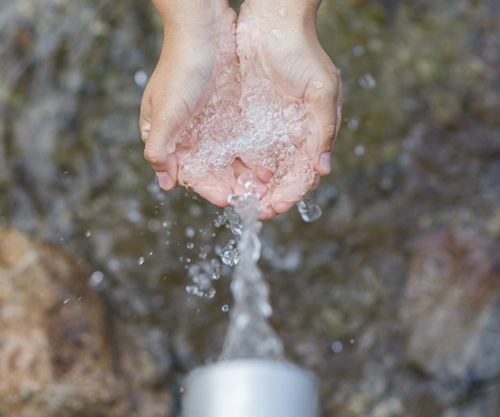
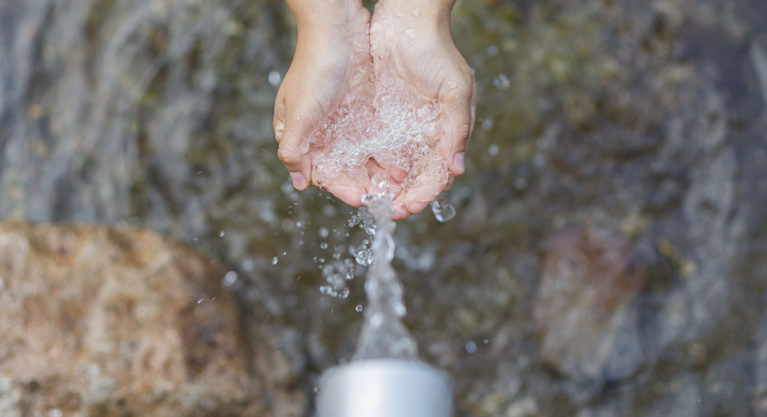
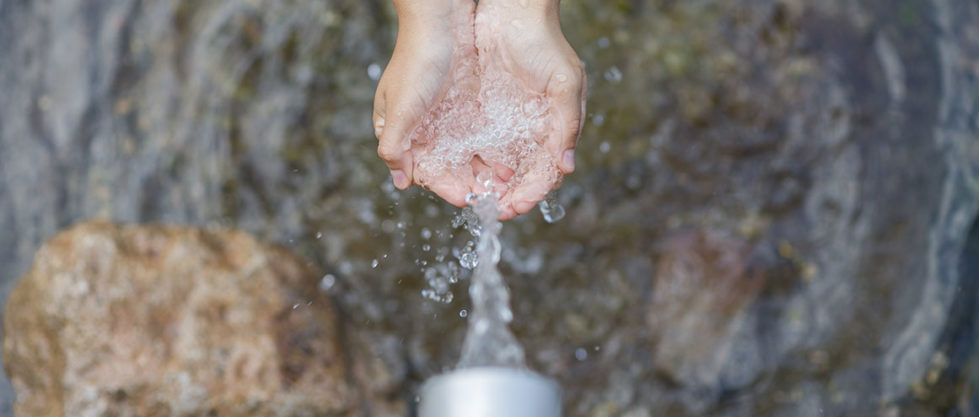

Building materials can help architects, designers and building managers achieve effective conservation, reuse and water quality goals.
Water is one of the planet’s most precious resources, but, according to the World Bank, in 10 years water demand will exceed supply by 40 percent. Water demand mitigation and reuse strategies in the built environment are crucial to helping to bridge that gap.
The water-building nexus can be impacted in a variety of ways such as zoning codes, lead pipe remediation, and even rainwater harvesting – chemistry plays a role in all of these.
Innovations in high-efficiency building materials can help architects, designers and building managers achieve effective conservation, reuse and water quality goals. For example:
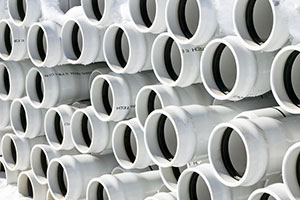
Plastic pipes made from products like polyvinyl chloride (PVC), chlorinated polyvinyl chloride (CPVC) and high-density polyethylene (HDPE) help conserve energy and water by creating virtually leak-free pipes that are not prone to corrosion and resist environmental stress. Breakage rates are as low as one percent of the breakage rates of cast metal systems. The lack of build-up in this type of piping can also improve functionality and increase energy efficiency. Plastic pipes enable clean drinking water to be to be delivered safely to more people throughout the world.
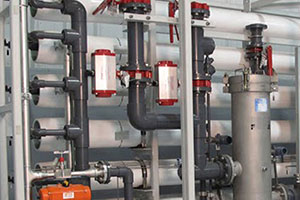 Building cooling systems can consume large amounts of water. Innovative technologies can help companies implement effective, site-specific water stewardship initiatives. For example, 3D TRASAR™ technology for cooling water, developed by Nalco, an Ecolab company, can help facilities manage and improve cooling water system performance, conserving water and increasing energy efficiency. In 2017, 3D TRASAR cooling water technologies helped a range of businesses save 146.2 billion gallons of water, equivalent to the yearly drinking water needs of more than 505 million people.
Building cooling systems can consume large amounts of water. Innovative technologies can help companies implement effective, site-specific water stewardship initiatives. For example, 3D TRASAR™ technology for cooling water, developed by Nalco, an Ecolab company, can help facilities manage and improve cooling water system performance, conserving water and increasing energy efficiency. In 2017, 3D TRASAR cooling water technologies helped a range of businesses save 146.2 billion gallons of water, equivalent to the yearly drinking water needs of more than 505 million people.

